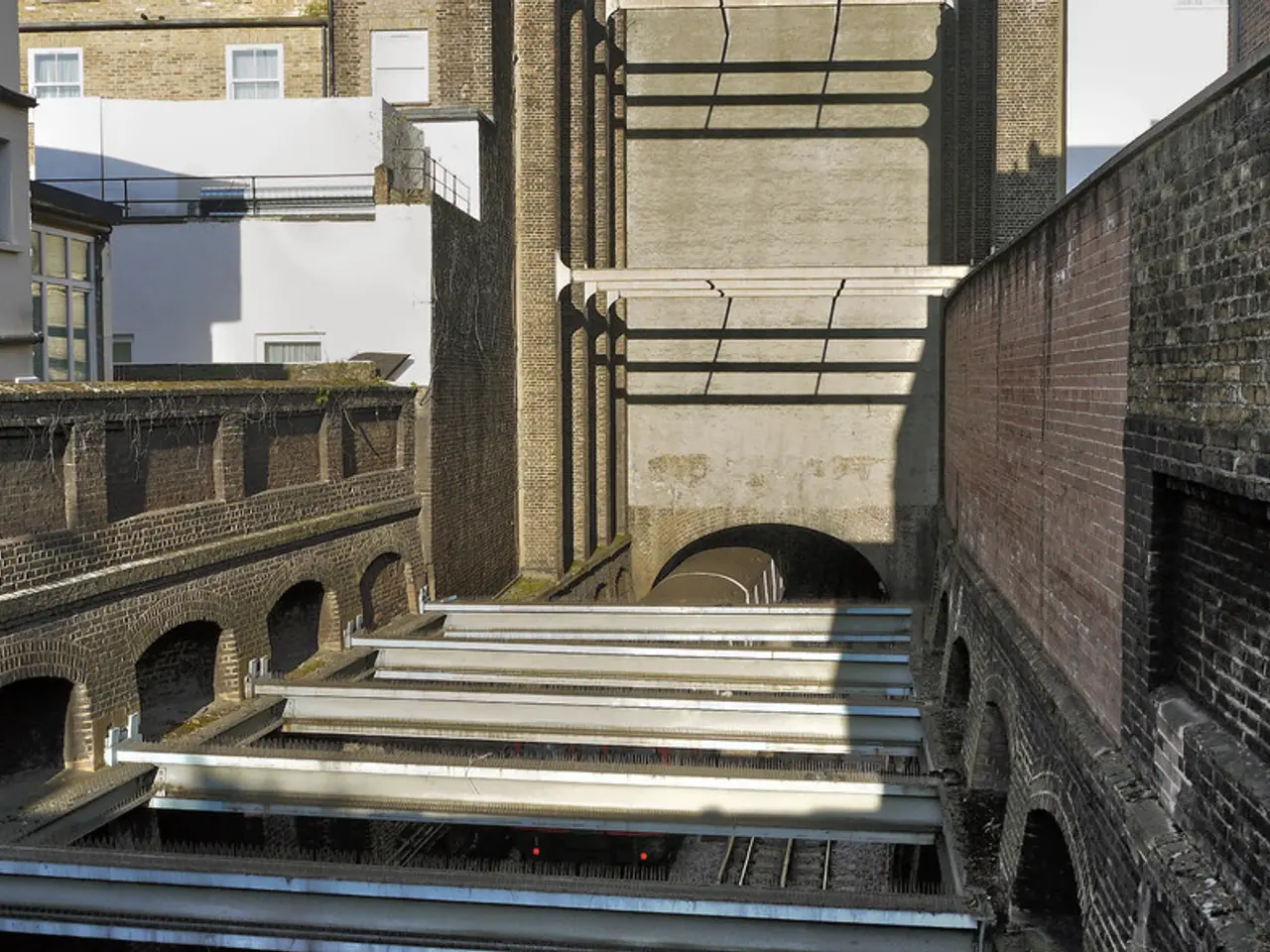The Atal Tunnel has been recognized with the IBC Award for the best Infrastructure Project.
The Atal Tunnel, an engineering marvel located at Rohtang Pass in Himachal Pradesh, has been making waves in the infrastructure world. Recently, it was awarded the 'Best Infrastructure Project' by the Indian Building Congress (IBC), recognising its significant impact on connectivity, safety, and regional development.
## Key Features
The Atal Tunnel, one of the longest road tunnels in India, spans approximately 9 to 10 kilometers. It boasts parallel tubes for two-way traffic and incorporates advanced safety mechanisms. Its strategic location at Rohtang Pass, an area known for heavy snowfall and challenging terrain, provides critical access between Manali and Lahaul Valley, drastically reducing travel time and risk for commuters.
Constructed using cutting-edge tunneling technologies, the project emphasizes speed, accuracy, efficiency, safety, and quality. Overcoming significant geological and weather-related challenges, the Atal Tunnel showcases engineering excellence. It also features a semi-transverse ventilation system, with large fans circulating air throughout the tunnel, and an emergency tunnel for evacuation during emergencies.
## Benefits
The Atal Tunnel's benefits are far-reaching. By providing a safer and more efficient route, it significantly reduces the risks associated with traversing the treacherous Rohtang Pass, which is prone to avalanches and landslides.
Economically, the tunnel boosts the local economy by facilitating uninterrupted trade, tourism, and transportation between Manali and Lahaul Valley. This has led to increased economic activity and improved livelihoods for residents.
Strategically, the tunnel enhances access for defense purposes and provides a reliable route for essential services, especially during emergencies and adverse weather. It also opens up new opportunities for adventure tourism, allowing easier access to destinations like Sissu, Keylong, and Baralacha La, even during the off-season.
The tunnel's all-weather connectivity is especially vital during winter months when Rohtang Pass typically closes due to snow. This means the region of Lahaul remains accessible even in severe weather conditions. Furthermore, by reducing travel distance and time, the tunnel lowers vehicle emissions and environmental stress on the fragile Himalayan ecosystem.
The Atal Tunnel stands as a testament to India’s engineering prowess and commitment to building resilient, future-ready infrastructure in challenging terrains. Its recognition by the Indian Building Congress underscores its impact on connectivity, safety, and regional development.
The Atal Tunnel, with its advanced features and strategic location, has the potential to revolutionize not only the transportation industry but also the economy of the region. As the tunnel strengthens connectivity and ensures seamless travel during all seasons, it could attract more financial investments in areas such as tourism, trade, and defense, thereby fostering growth and development in the region. Simultaneously, the improved transportation network provided by the Atal Tunnel may trigger significant advancements in the finance sector due to increased economic activities and enhanced regional development.




